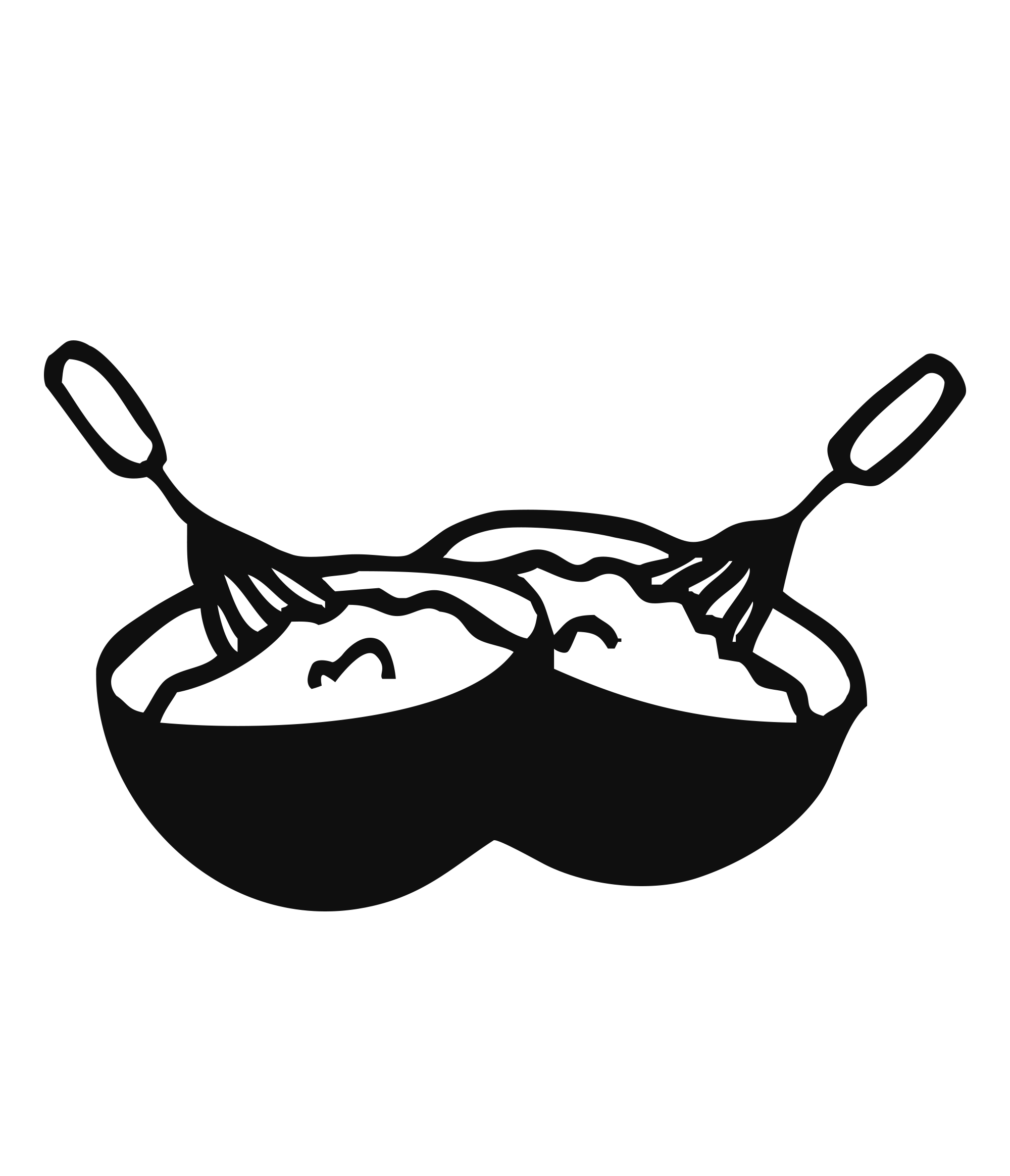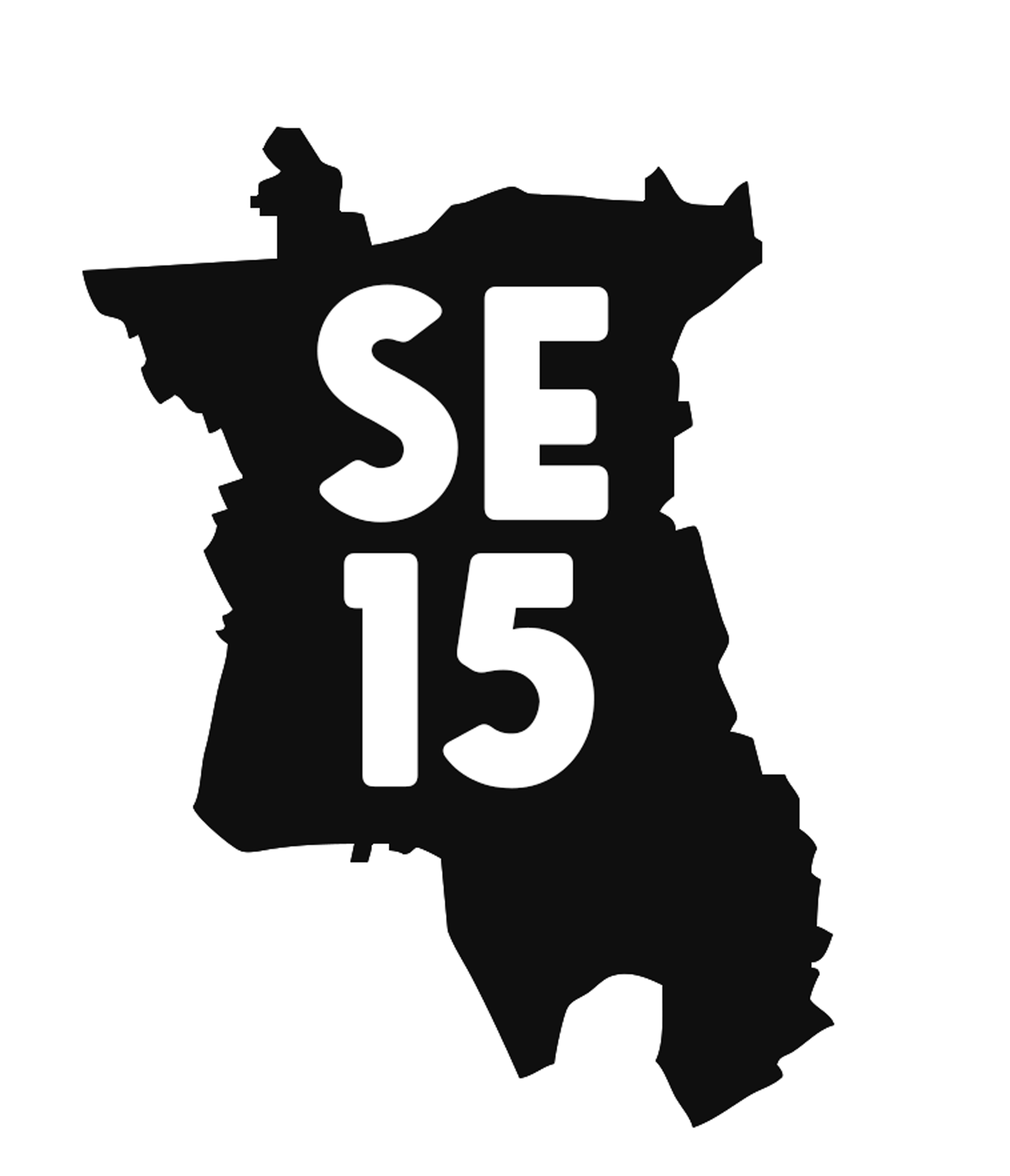NETWORK
Catalogue No: 234368
This album provides a window on the golden age of African music, presenting the finest works created during the era of decolonisation when the Black Continent looked forward to a brighter future. In Volume 1 of Golden Afrique, we take a look at some West African countries: some of them (Mali, Guinea, and later Guinea-Bissau) tried a “socialist” path, while others, such as Senegal, Gambia and Ivory Coast, looked to the “capitalist” model.
Today, we find that both these approaches have led to an economic impasse. Never-theless, both have produced outstanding artistic achievements. In Mali and Guinea, it was the youth clubs and cultural centres that provided modern western instruments, enabling the creation of a nationally unique blend of tradition and modernity. In Abidjan, Dakar and Banjul, it was the chance of earning a living by music that brought traditional musicians and modern instruments together. It went something like this: to earn a lot of money, you need to draw a big crowd, and when a big crowd starts dancing, all that can be heard of the traditional instruments is the drumming. And that, as they put it themselves, somewhat tongue-in-cheek, was the last thing they wanted to hear now that they had come to the big city. So the club owners bought electric guitars, amplifiers, saxophones, trumpets and horns, and employed musicians – both traditional local musicans and traveling modern musicians











